Vila Viçosa
Vila Viçosa, located in the Alentejo region of Portugal, is a town steeped in history and tradition. Known as the “Princess of Alentejo,” it offers visitors a rich tapestry of architectural landmarks, cultural institutions, and regional festivities.
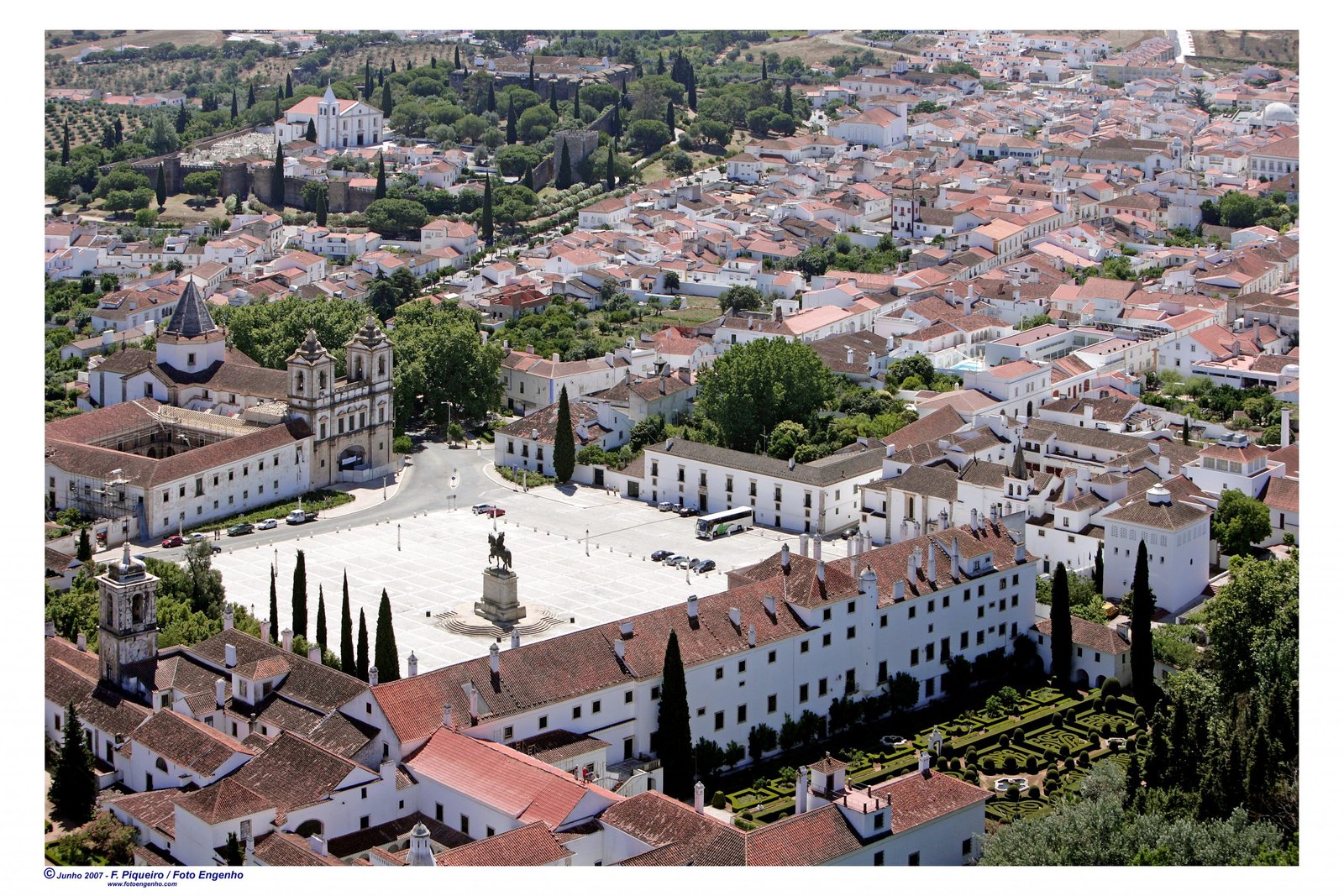
Vila Viçosa is a small historic town situated in the Alentejo region of southern Portugal, known for its rich cultural heritage and well-preserved architecture. Often referred to as the “Princess of Alentejo,” the town holds a significant place in Portuguese history due to its long-standing association with the Dukes of Braganza, one of the country’s most influential noble families. The legacy of the Braganzas is evident throughout Vila Viçosa, from its grand palaces to its defensive castles, which together tell a story of power, wealth, and regional importance dating back several centuries.
Beyond its aristocratic ties, Vila Viçosa is also renowned for its natural resources, particularly the extensive marble quarries in the surrounding area. This marble has been used in many notable buildings across Portugal and abroad, giving the town an economic and cultural relevance that extends beyond tourism. The town’s landscape combines historical monuments with peaceful rural surroundings, making it an appealing destination for visitors interested in history, architecture, and traditional Portuguese culture.
Vila Viçosa’s compact yet rich historical center offers a unique glimpse into the past, showcasing Renaissance and Baroque influences alongside medieval structures. The town’s streets, lined with whitewashed houses and local shops, invite exploration and provide a quiet, authentic atmosphere away from the busier tourist hubs. Together with its museums, churches, and annual festivities, Vila Viçosa stands as a well-rounded destination for those seeking both cultural depth and regional charm in Portugal’s Alentejo region.
Historical Landmarks and Cultural Sites
Ducal Palace (Palácio Ducal)
The Ducal Palace is the crown jewel of Vila Viçosa and a must-visit for any traveler. This imposing Renaissance palace was the main residence of the Dukes of Braganza and exemplifies Portuguese aristocratic architecture. Visitors can explore its richly decorated rooms, adorned with intricate azulejos (traditional blue and white tiles), ornate frescoes, and antique furnishings that reveal the lifestyle of nobility in the 16th and 17th centuries. The palace also houses a significant collection of historical artifacts, including tapestries and paintings, that deepen the understanding of Portugal’s aristocratic heritage.
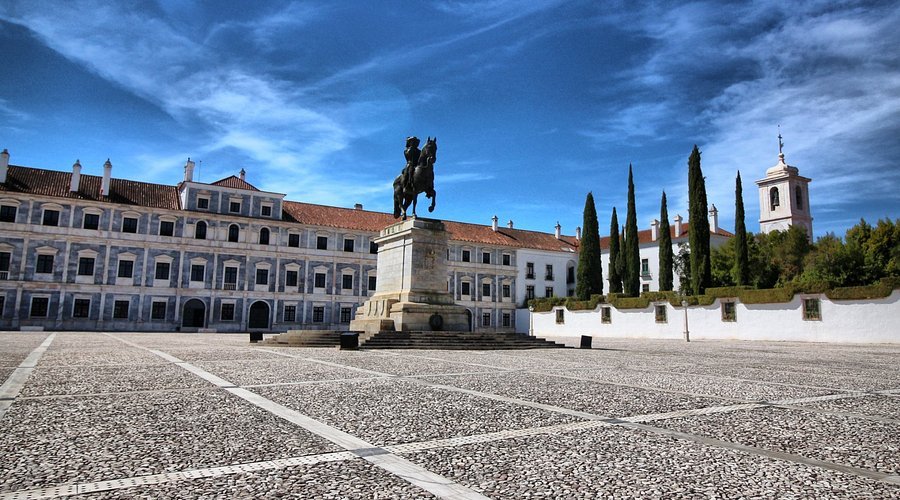

Castle of Vila Viçosa
Located on a strategic hilltop overlooking the town, the medieval Castle of Vila Viçosa dates back to the 13th century. Though partially ruined, it remains an important symbol of the region’s defensive past. Inside the castle grounds, visitors can find the Archaeology Museum and the Museum of Hunting, which provide engaging exhibits on local history and traditions, including the Braganza family’s notable hunting legacy.


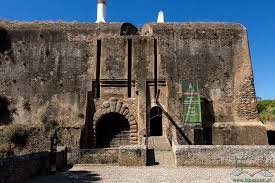
Sanctuary of Our Lady of Conception
This sanctuary lies within the walls of the old castle and is dedicated to the patroness of Portugal, Our Lady of the Immaculate Conception. The building is notable for its elegant marble façade and interior, a testimony to Vila Viçosa’s long-standing religious and cultural traditions. The sanctuary is also a focal point for local religious festivals and pilgrimages, making it both a spiritual and cultural highlight.
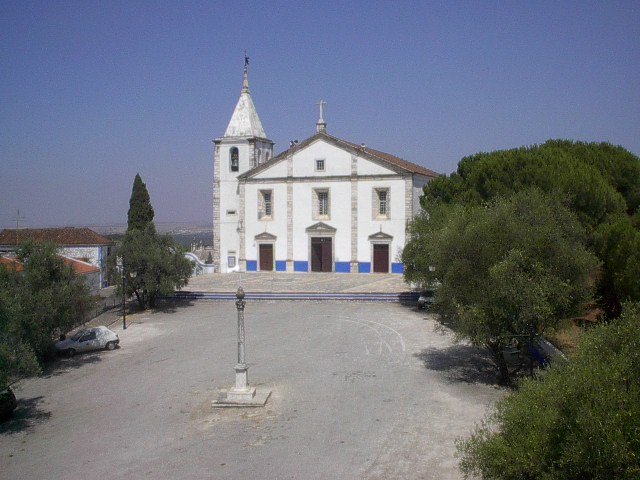
Museum of Marble
Reflecting the region’s economic history, the Museum of Marble showcases the importance of marble extraction and craftsmanship in Vila Viçosa. The museum offers informative displays on quarrying techniques, the geological origins of the marble, and its use in architecture and sculpture. Visitors interested in industrial heritage and natural resources will find this museum especially enlightening.



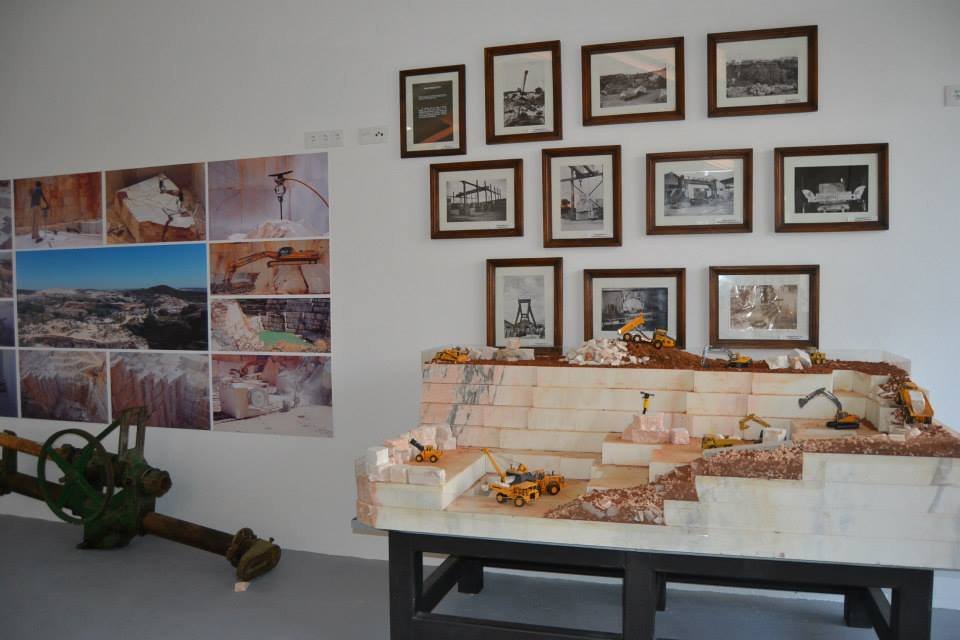
Ethnographic Museum (Museu Etnográfico)
This museum provides a comprehensive look at the traditional lifestyles, customs, and crafts of the Alentejo region. Exhibits include traditional clothing, agricultural tools, and household items, offering valuable context for understanding the rural culture that surrounds Vila Viçosa. It is ideal for visitors wanting a broader cultural perspective beyond the aristocratic history.

The Old Town Center and Marble Streets
Wandering through the narrow streets of Vila Viçosa’s old town reveals charming whitewashed houses, small cafés, and artisan shops selling local crafts and regional products. The town itself is often described as a living museum, where marble is not only a historic resource but also part of everyday life, seen in the cobblestone streets, fountains, and building details. This area offers a calm, authentic experience away from large tourist crowds.

Recommended Restaurants
Vila Viçosa’s gastronomy is deeply rooted in Alentejo traditions. Visitors can savor:
- Açorda: A bread-based dish typically served with garlic, olive oil, and poached eggs.
- Cozido à Alentejana: A hearty stew made with pork, clams, and vegetables.
- Migas: A dish made from leftover bread, garlic, and olive oil, often served with meats.
- Sericaia: A traditional Alentejo dessert made with eggs and cinnamon.
- Queijadas: Sweet cheese tarts that are a local specialty.
Restaurante Dom João – Located near the town center, Restaurante Dom João is known for its traditional Alentejo dishes prepared with care and fresh, local ingredients. The menu highlights include hearty stews such as Cozido à Alentejana and grilled meats, accompanied by regional bread and olive oil. The restaurant’s warm and relaxed setting makes it suitable for both casual meals and special occasions.
Pousada Convento de Vila Viçosa – Offers a refined dining experience while maintaining the authenticity of Alentejo cuisine. The restaurant specializes in dishes like Migas com Carne de Porco (bread crumbs with pork) and seasonal fresh fish. The interior is simple but elegant, focusing on quality food and attentive service, ideal for visitors seeking a genuine taste of the region.
Festivities
Capuchos Festival: Held annually in September, this festival honors Our Lady of Mercy and Senhor Jesus dos Aflitos. The event features musical performances, bullfights, handicrafts, and regional cuisine.
Solemnity of the Immaculate Conception: Celebrated on December 8th, this religious event includes a major pilgrimage to the Sanctuary of Our Lady of Conception, marking the patroness of Portugal.
Useful Tips
Best Time to Visit: Spring and early autumn offer pleasant weather, ideal for exploring the town’s outdoor attractions.
Transportation: Vila Viçosa is accessible by car from major cities like Lisbon and Évora. Public transportation options are limited, so renting a vehicle is advisable.
Local Etiquette: While Portuguese is the official language, English is commonly understood in tourist areas. It’s appreciated when visitors make an effort to use basic Portuguese greetings.
Vila Viçosa offers a compelling blend of historical landmarks, cultural institutions, and regional traditions. Whether you’re exploring its architectural marvels, indulging in local cuisine, or participating in its vibrant festivals, the town provides a genuine experience of Alentejo’s heritage.